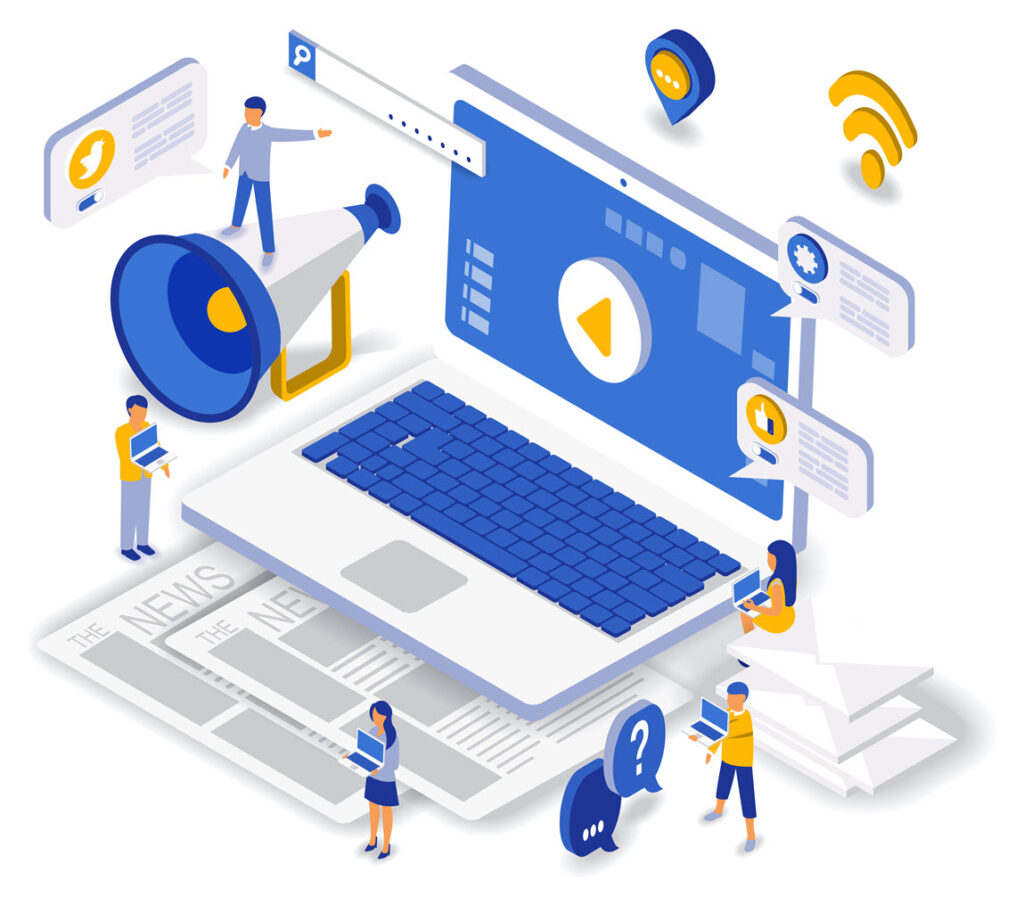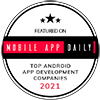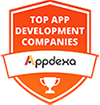Many iOS applications for smartphones and tablets have now become part of our lives becoming indispensable work and leisure tools. What’s behind a successful iOS app? What are the 10 things to know to make an iOS app? Today we will reveal the 10 useful things to know to create an iOS app:
1. You need a Mac – To develop an app for iOS, you need a machine that can support macOS and Xcode (the native development environment for all Apple apps). If you have no special needs, the MacMini (in its brand new 2020 edition) is the device with the best quality / price ratio, perfect for getting started.
2. Swift – The programming language to be used for iOS apps is Swift, developed by Apple from 2016 and later made open-source also for Linux platform (on which it can be used for server-side applications, console software and the like, but not for native apps). As an alternative to Swift, iOS continues to guarantee support for Objective-C, the “historical” programming language used by Apple for its system frameworks and by all developers before 2016.

3. Apple developer program – To publish your apps on the App Store, you need to register on the Apple developer portal through an annual subscription of $99. If you intend to distribute corporate applications for strictly internal use without making them public on the app store, you can register an enterprise profile at a cost of $299 / year, subject to approval by Apple through a questionnaire.
4. Sign in with Apple – From April 2020, all applications equipped with a “social login” (user authentication via a social network such as Facebook) will have to support Apple Sign In, the native authentication system integrated in the iPhone that guarantees greater privacy to its users. Apps with only email and password access are instead exempt from this obligation.
Related Blog: A complete guide to estimating cost to build an app in Singapore
5. App review – Before landing on the App Store, each application must pass the “review” by the Apple team. During this phase, it is checked that the software complies with the terms of use through automatic tests and physical tests of the app by parts of quality control workers. In case of problems, the validation team reports the anomaly found and the developer must re-submit a new version of the app until final approval.
6. Videogame and Arcade – To develop a video game, you can use the native SpriteKit and SceneKit frameworks (for 2D and 3D respectively) or rely on cross-platform solutions such as Unity and Unreal Engine, perfectly compatible with iPhone, iPad, AppleTV and Mac. Apple Furthermore, it selects and finances independent developers and companies that are able to develop video games for the Apple Arcade platform (with priority being given to those who agree to develop exclusively for the platform itself).
7. SwiftUI – From 2019 onwards, SwiftUI is available, a framework for creating native graphical interfaces. SwiftUI allows the real-time preview of the interface being developed (without the need to compile and start the app, saving time) and allows you to write code for graphic components independent of the final platform: in other words, the same block of code, without modification, can be used by Apple’s 4 main platforms (iOS, watchOS, macOS and tvOS). Once the app has started, the operating system will choose the appropriate display component.
Related Blog: Tips to Design User Interface for a Successful Mobile App
8. Display management – The video resolution management of the app is completely automatic and should not be taken into consideration during development. Apple has accustomed us to the various Retina, Liquid Retina and Super Retina displays, each paired with various screen resolutions between the various iPhones and iPads of various sizes. Thanks to the Auto layout system for the creation of graphical interfaces and the multi-density management of graphical assets (the images that are embedded in the apps), the developer does not have to worry about the various screen differences: the operating system takes care of it.

9. Playgrounds – To start programming with Swift, Xcode provides Playgrounds, simple “containers” consisting of a single file where you can test short code instructions and view the result in real time. You can also use the Swift Playgrounds app directly on the iPad to start getting familiar with Swift even without the use of a Mac.
10. Webview-only app – Webview consists of native components capable of displaying web content (in HTML) within them. Although the temptation to reach the AppStore (and related benefits in terms of visibility on search engines) is shareable, it is useful to know that it is not possible to publish on the store apps that include only webview and content already accessible via browser without obvious distinctions: the review team has precise instructions to reject them all. As a general rule, the app must add value to the user experience already present online, using device features that are not available on browsers (Bluetooth, location, push notifications, etc.) or in any case presenting a native and fluid graphic interface.














